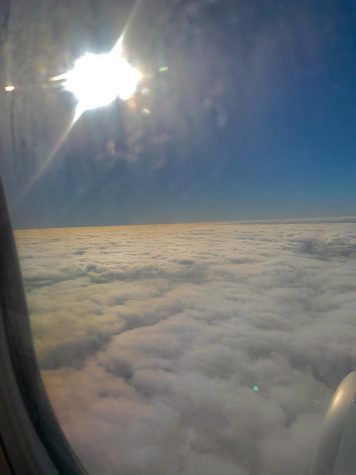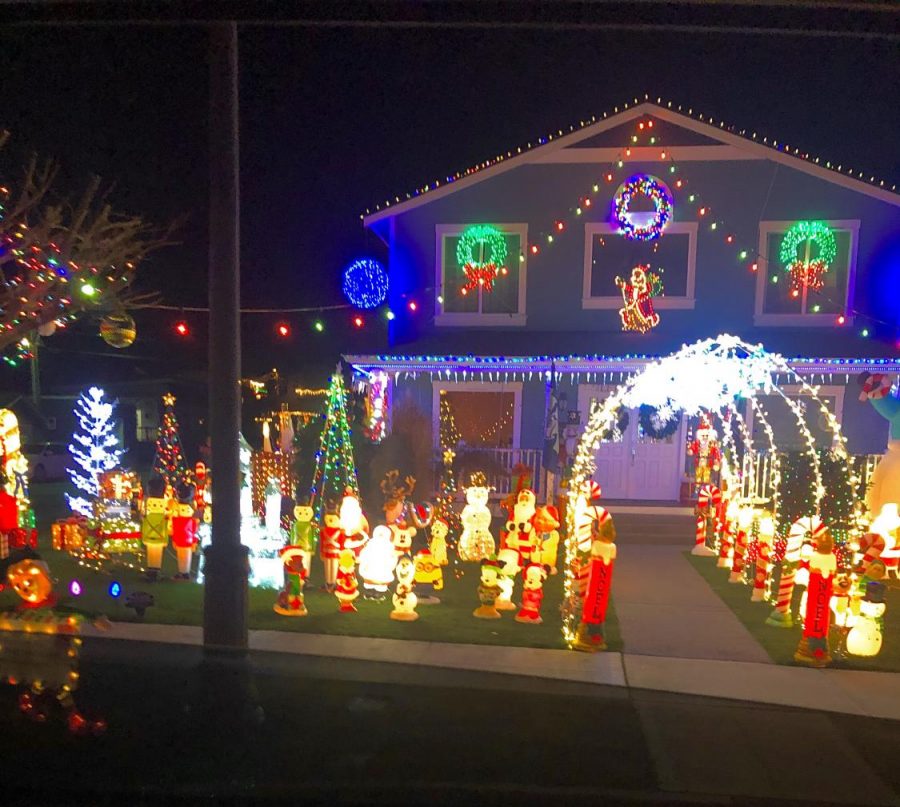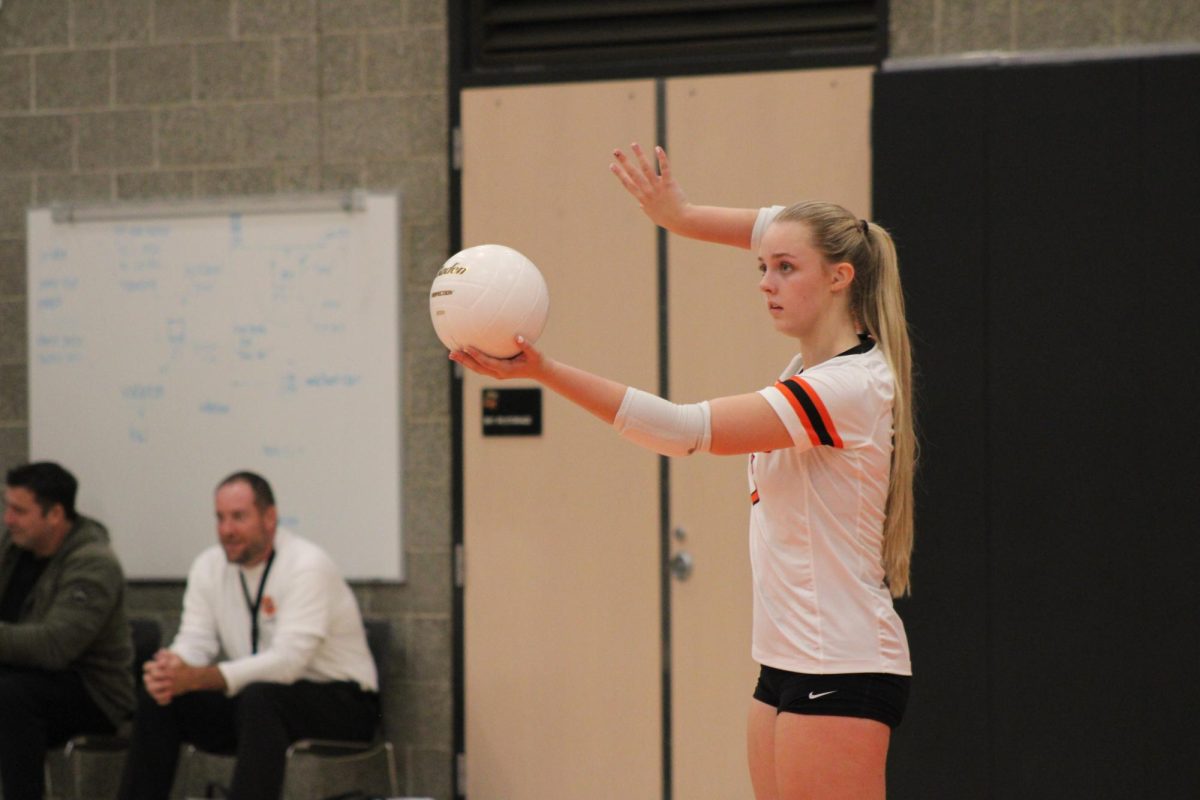Holidays and Coronavirus
How did the pandemic affect the holidays, and what can be learned from it?
A house decorated for Christmas.
With the holiday season finally over, students and adults alike are back to facing the reality of the pandemic. The computers have turned back on and the Zoom meetings are long and strenuous. Gone are the days of warming up against the fire while a vintage Christmas movie plays in the background.
However, there is a different version of the holidays that many people faced. Instead of sitting around a Christmas tree or a cozy fire, they tried to not stare at the empty chair where a grandparent or uncle usually sat, silently hoping that they would overcome COVID-19. This was the harsh reality of the holidays of 2020.
Despite the fact that this is the reality that challenged millions of families this past holiday season, many people still chose to ignore CDC guidelines and gathered with distant family members to celebrate the festivities.
These guidelines include facts and statistics urging families to not travel and stay home these holidays. They also include advice and steps to take if one does decide to travel, which include the following:
- Check travel restrictions before you go.
- Get your flu shot before you travel.
- Bring extra supplies, such as masks and hand sanitizer.
- Know when to delay your travel. Do not travel if you or your travel companions are sick.
- Wear a mask to keep your nose and mouth covered when in public settings, including on public transportation and in transportation hubs such as airports and stations.
- Avoid close contact by staying at least six feet apart (about two armlengths) from anyone who is not from your travel group.
- Wash your hands often or use hand sanitizer (with at least 60% alcohol).
- Avoid contact with anyone who is sick.
- Avoid touching your eyes, nose, and mouth.
Airlines have taken additional precautions, as required by the Transportation Security Administration. These include lower volumes of passengers on individual flights, and implementing no-contact security checkpoints and checking passengers’ temperatures.

Many states have also implemented their own travel restrictions, Washington included. Gov. Jay Inslee instituted various guidelines for those visiting different households throughout the holiday season.
However, despite all of these newly instituted regulations, COVID-19 cases soared throughout the holiday season.
After a plateau of cases throughout September and early October, cases began to climb. They hit a peak on November 27, 2020, when around 200,000 cases were reported nationwide. However, after a short decline, they began to grow once again, coming to an all new high on January 8, when over 300,000 cases were reported.
This almost undoubtedly is a result of increased traveling throughout the holidays.
Numbers have gone down in the past weeks, but this was still a warning of what may happen in the future if COVID-19 regulations become lax.



